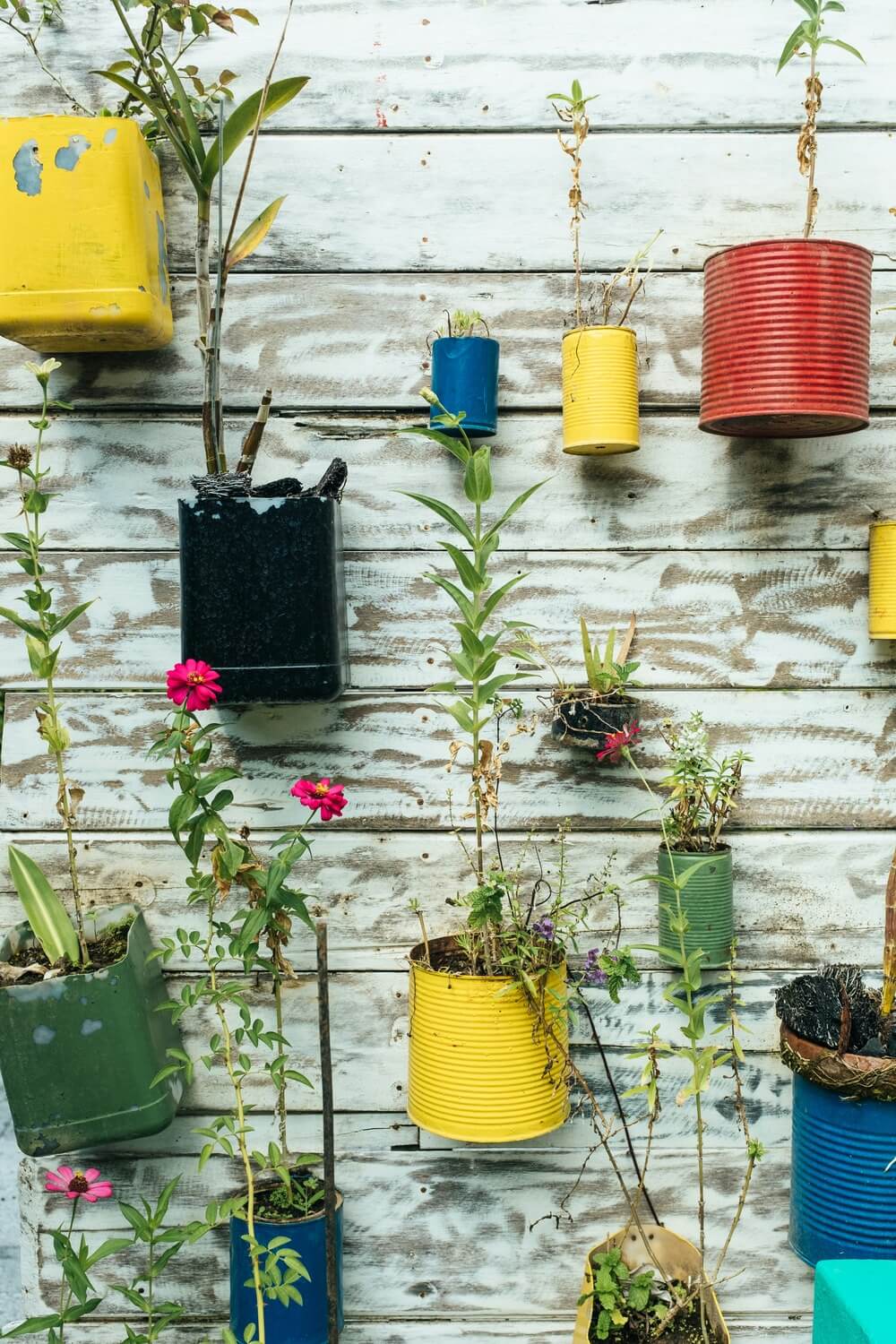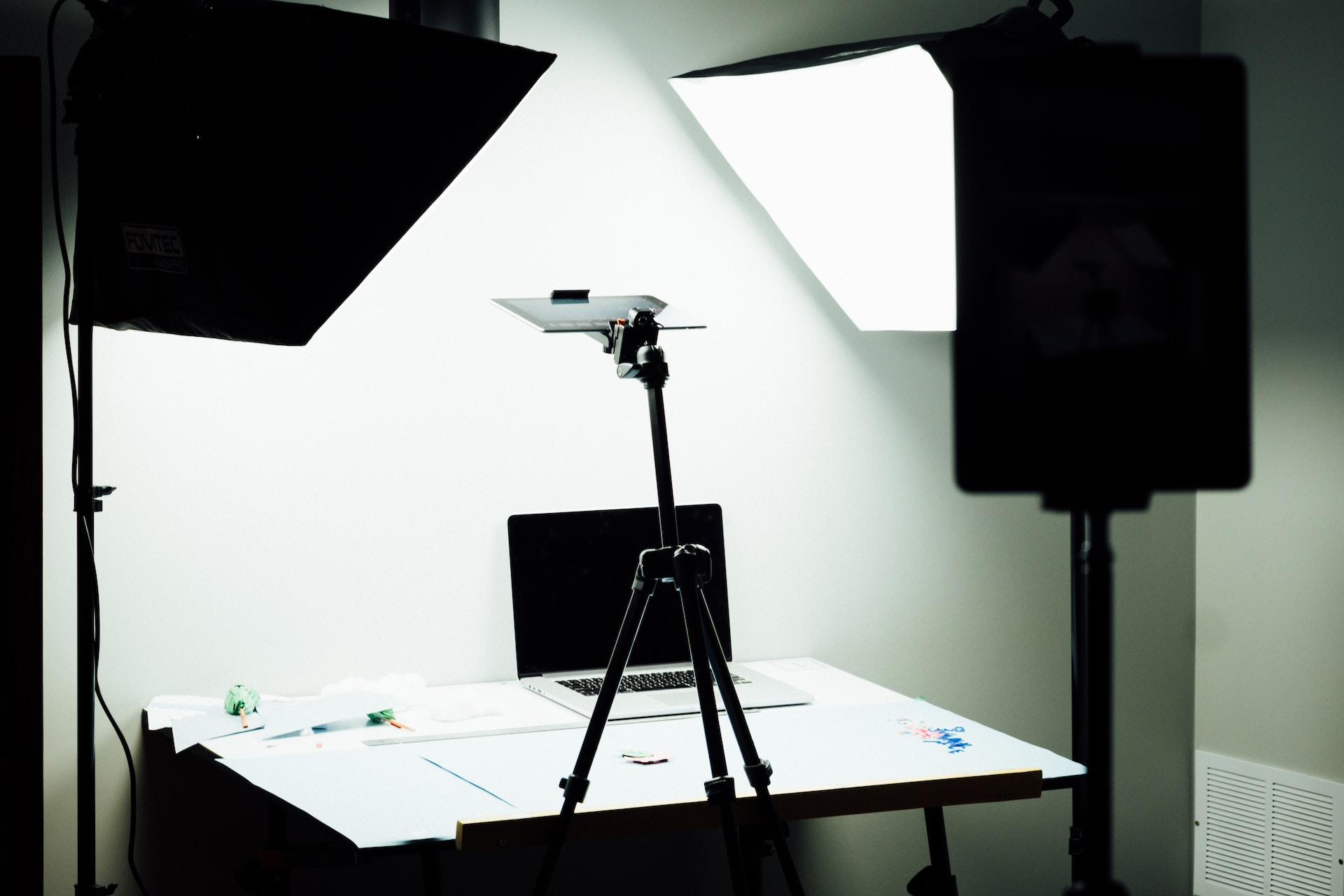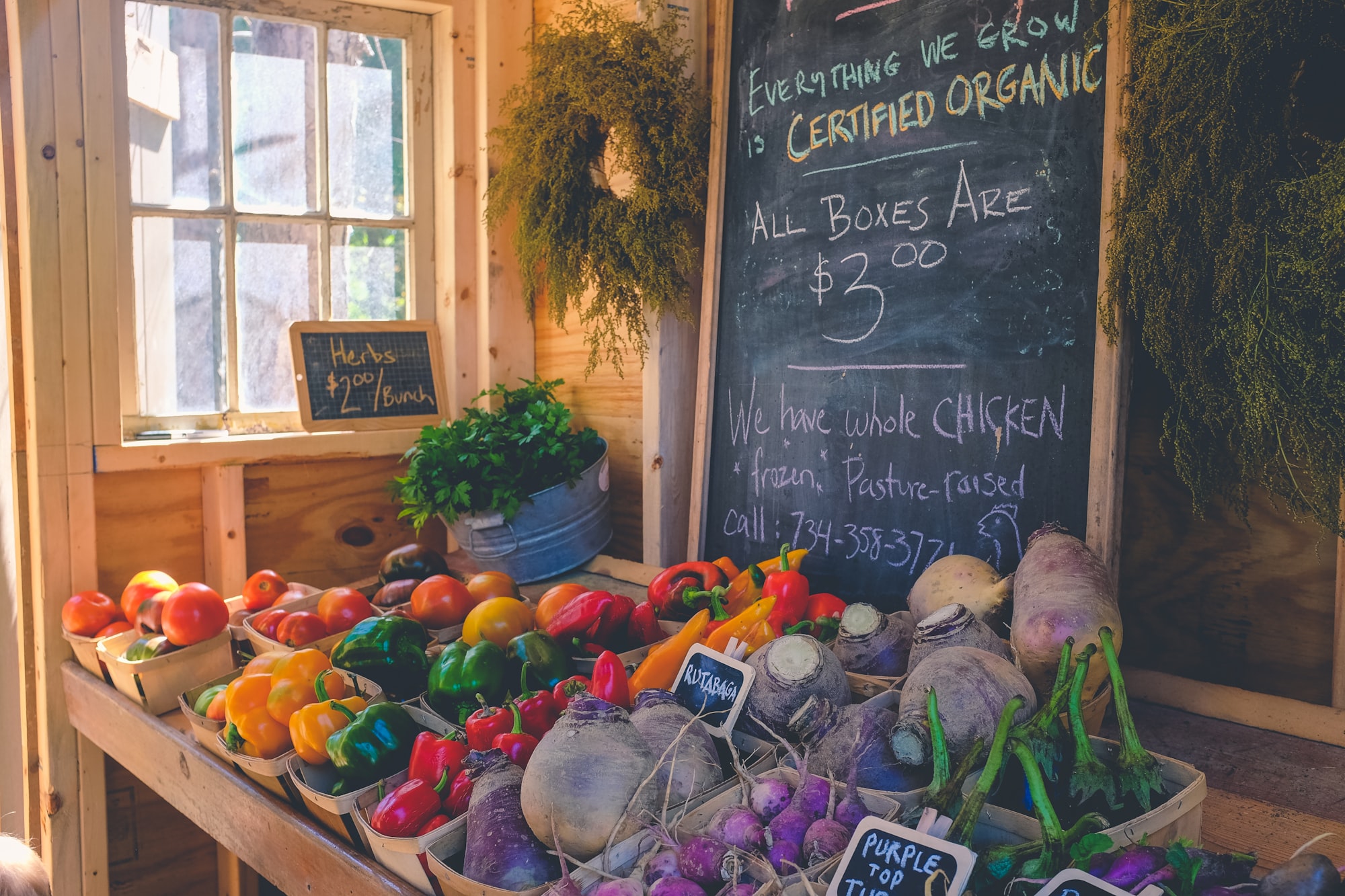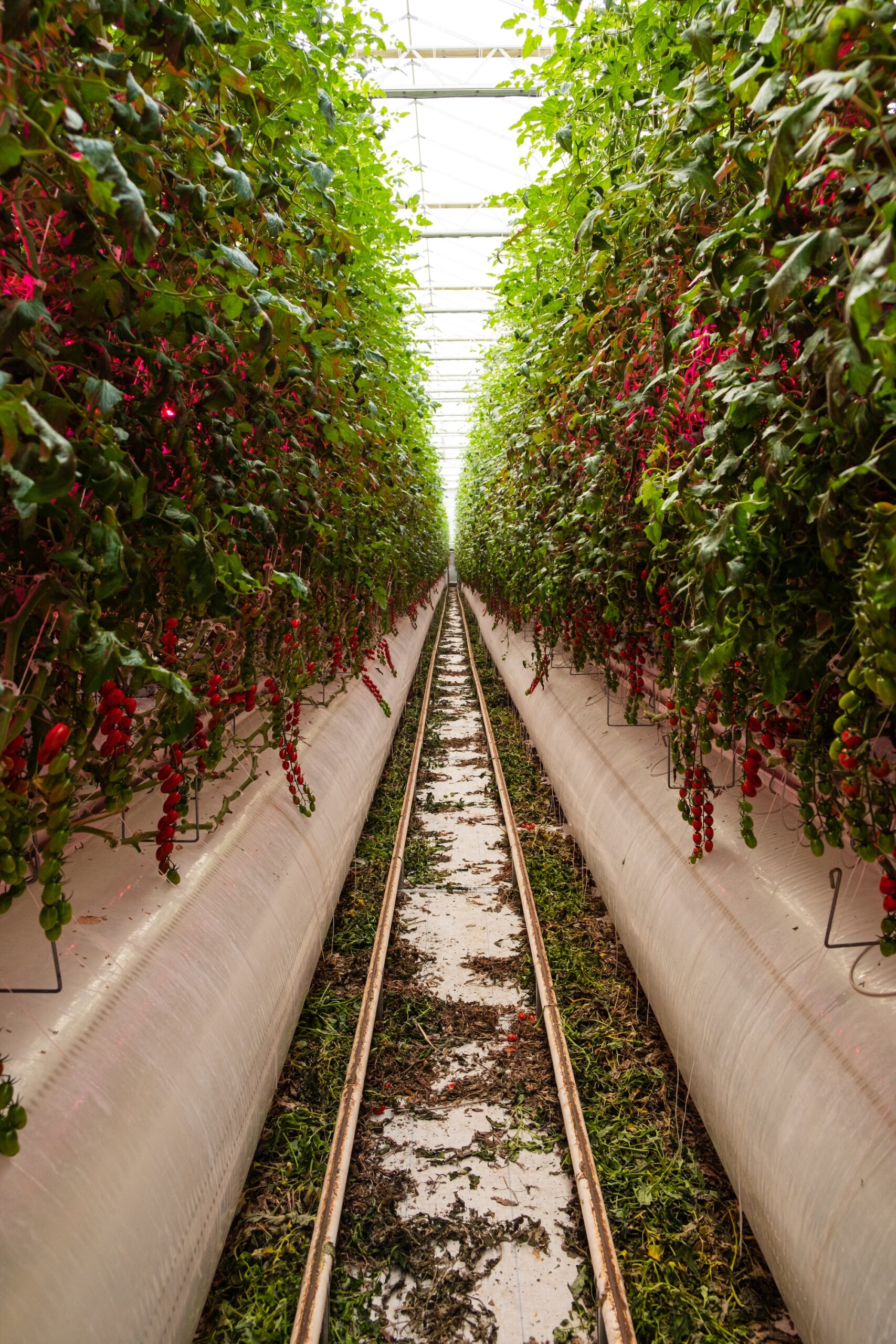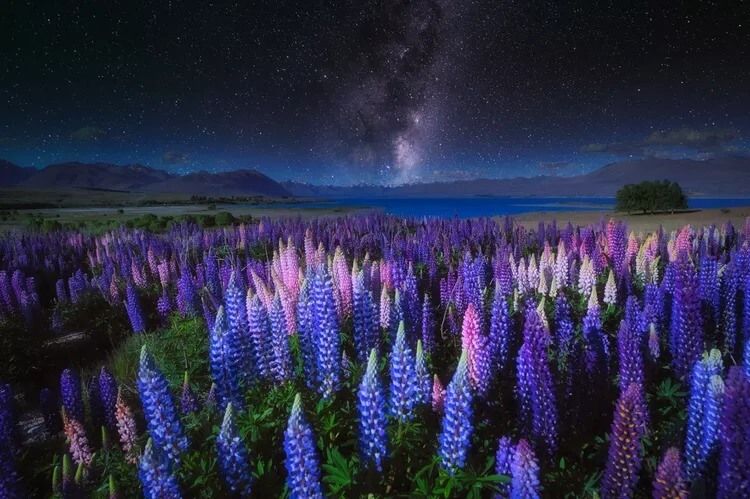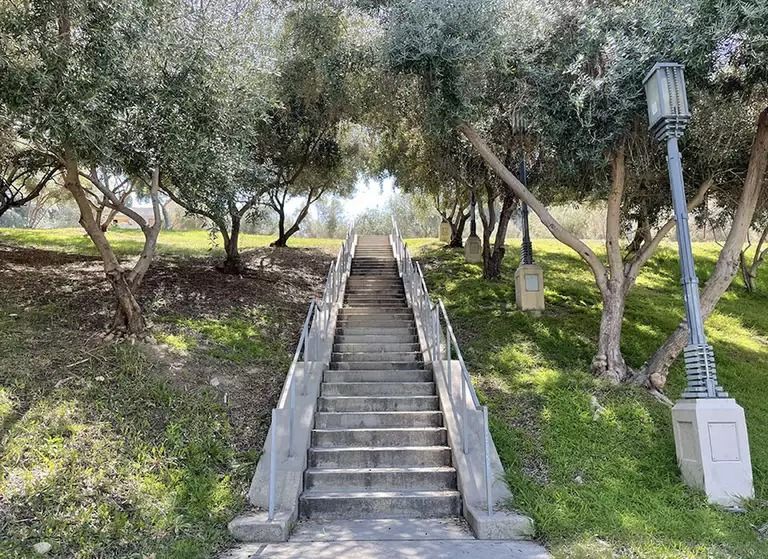
A green oasis in the heart of East Hollywood with a historic and horticulture legacy stretching back over a century is making a play to turn back the clock. Called the Barnsdall Art Park, the 11.5-acre site is home to hundreds of olive trees that offer a welcome respite from the encroaching urban landscape around it. Its most famous feature, however, and one that makes it LA’s only UNESCO World Heritage Site, is Hollyhock House—designed by famed architect Frank Lloyd Wright for oil heiress Aline Barnsdall in 1917.
Before architecture had a starring role, it was Barnsdall’s olive trees that drew the spotlight. At one point numbering close to 2,000 in the early 20th century, the grove has since been reduced to 463 trees. A new partnership between the City of Los Angeles, Barnsdall Art Park Foundation, and Los Angeles Parks Foundation aims to protect and expand this historic urban grove.
“Barnsdall Art Park is a unique and priceless gem in the City of Los Angeles, and this Olive Grove Initiative is yet another reminder as to why,” Councilmember Mitch O’Farrell said in a statement. “Preserving the existing trees and propagating new, healthy olive trees into the campus’s landscape is an essential step in preserving this historically significant grove that is an essential contributor to this cultural resource we all cherish, Barnsdall Art Park, and UNESCO contributor, Hollyhock House.”
Utilizing a $25,000 donation by the Barnsdall Art Park Foundation, the LA Parks Foundation will conduct a horticulture survey and analysis of the grove, as well as provide care for existing trees for one year, and develop a comprehensive strategy for planting additional olive trees at the park.
The view from Olive Hill
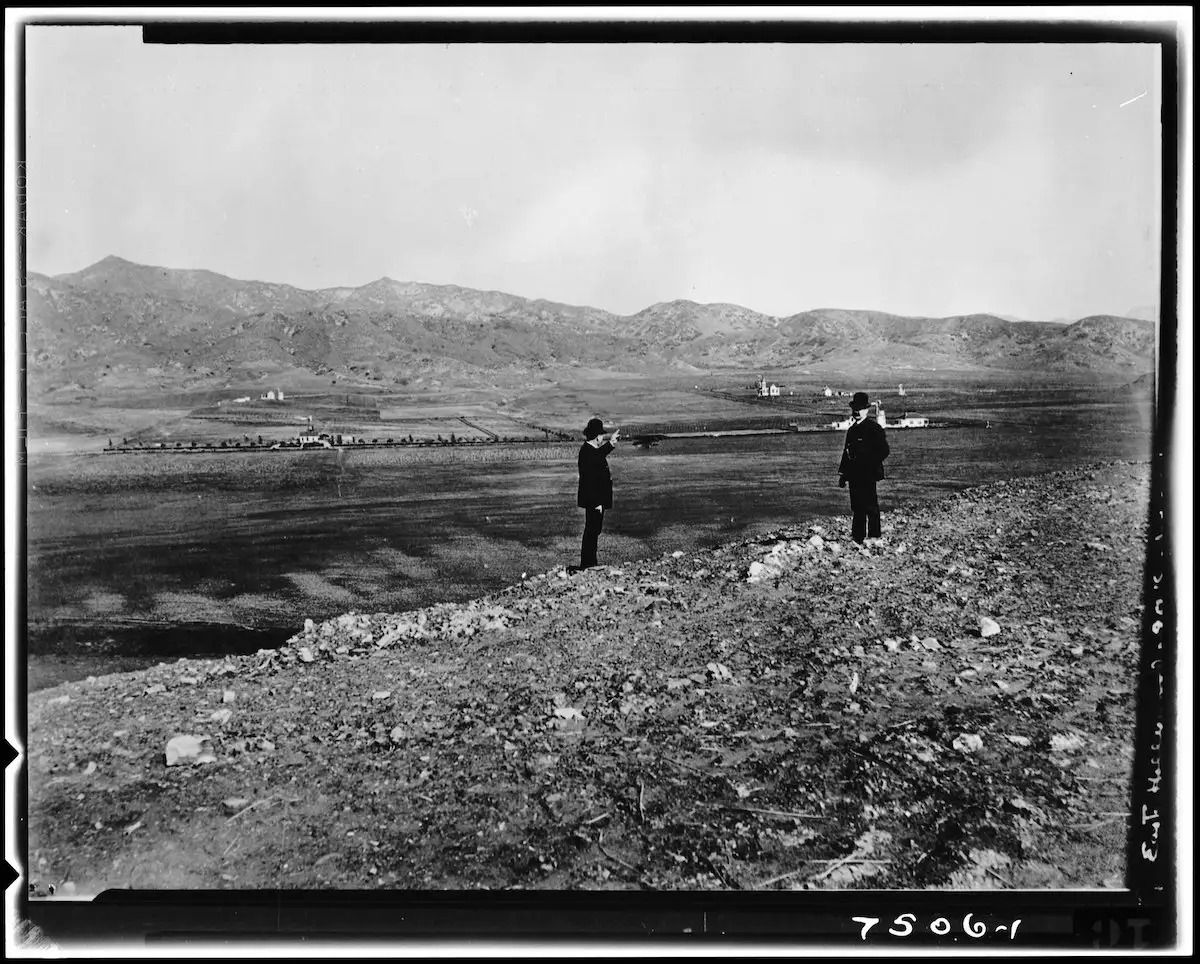
Before Barnsdall and Wright left their mark on the site, Barnsdall Art Park was instead better known as “Olive Hill.” In 1890, Canadian immigrant Joseph H. Spires purchased the 36-acre hillock (rising some 90 feet above what was then known as Prospect Park) and planted 1,225 olive trees, each spaced 20 feet apart. While a grand hotel with commanding views of the Los Angeles basin was planned for the top of Olive Hill, Spires passed away in 1913 before that part of his vision could be realized. His widow sold the property to Barnsdall a few years later, who later donated a portion for an arts park to the city.
In a 2014 piece on the site’s history, Nathan Masters says Spires’ olive trees suffered dramatic losses around the middle of the 20th century.
“After Barnsdall’s death in 1946, her Olive Hill Tract was split into several parcels. The grove along Sunset fell decades later to make way for a Kaiser Permanente hospital. Along Vermont, a shopping center replaced part of the grove,” he writes. “By 1992, development and neglect had decimated the initial army of 1,225 olive trees—only 90 then remained. Recent renovations funded by the Metro transit agency have restored parts of the grove, however, and visitors to Barnsdall Art Park still wind through the former orchard today along a driveway originally built for olive pickers.”
Returning to its roots
In 1995, a master plan was created to repopulate the site with 1,376 olive trees and other landscape improvements. While only 315 olive trees ended up being added, the plan set the stage for future improvements.
This new effort, which is also intended to contribute towards the City of Los Angeles’s goal to plant 90,000 new trees as part of L.A.’s Green New Deal, will focus on expanding the grove using seedlings from the few original, century-old trees remaining.
“During our soil analysis and assessment of the condition and health of the site, we discovered that 46 olive trees are likely from the original grove established in the 1890s,” explained Los Angeles Parks Foundation Project Manager and Horticulturist, Katherine Pakradouni. “Those historic fruiting trees have produced 58 seedlings that are growing near the older tree canopies. We are hopeful that those special seedlings may be nurtured into vibrant saplings at the Los Angeles Parks Foundation headquarters at the historic Commonwealth Nursery in Griffith Park and replanted at Barnsdall Art Park or other locations throughout the city.”
To find out how you can contribute to helping this green planting initiative reach its goals, jump here for more information.

